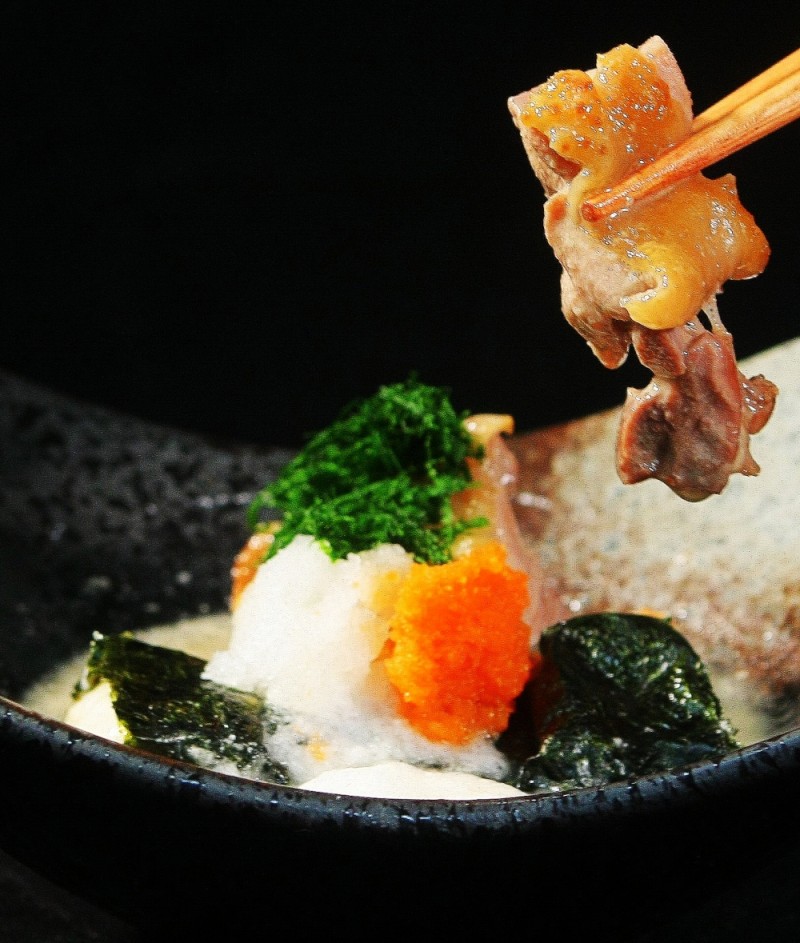
Main ingredients:
Chicken thighs: appropriate amount; Japanese kelp broth: appropriate amount; Carrot puree: appropriate amount; Daikon puree: appropriate amount; Nori: appropriate amount; Japanese hard mochi: appropriate amount.
Auxiliary materials:
Green vegetables: appropriate amount; Yam puree: appropriate amount.
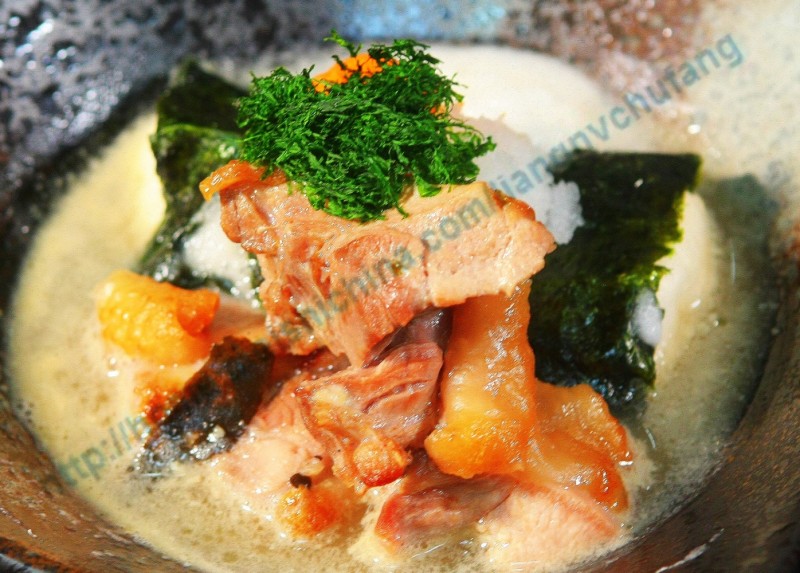

Taste: Other; Cooking method: Boiling; Time: One hour; Difficulty: Ordinary.
Detailed steps for cooking Japanese-style Kyoto-style Mochi Soup
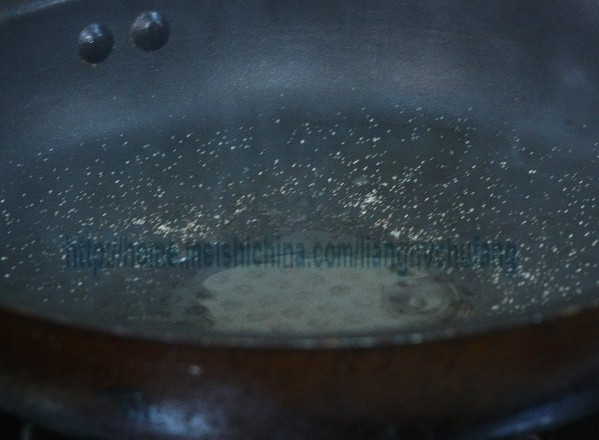
Put salt in a non-stick pan and heat it over medium heat.
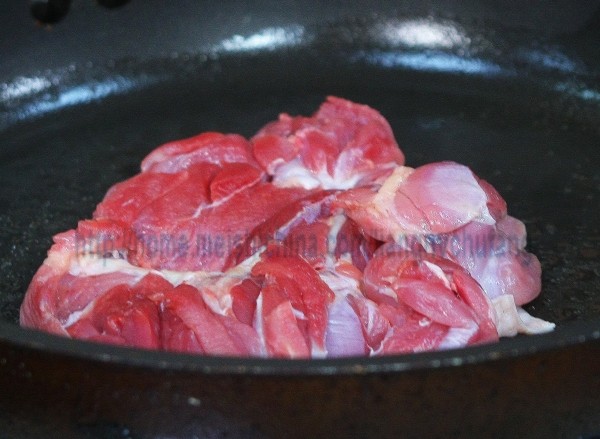
Add chicken thighs with skin side down and fry until the chicken oil is fried out (if it is not a non-stick pan, oil must be added to the pan and heated with salt).

When the chicken oil is basically fried out and turns golden brown, flip it over.

Pour the chicken oil that was just fried out back into the pan to fry the chicken. This method of frying chicken with chicken oil is the best way to bring out the freshness of the chicken.
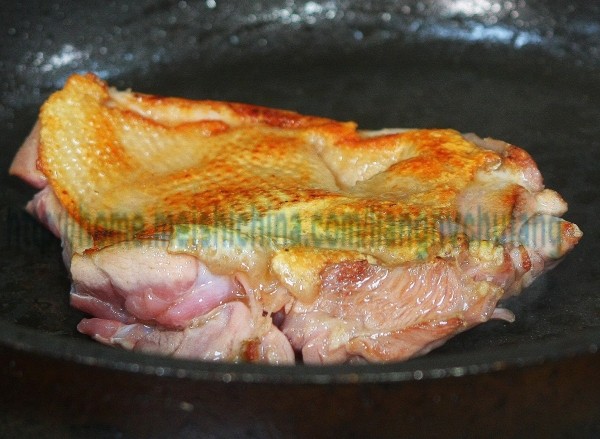
Fry the chicken thighs until the lean meat is also golden brown, then take them out and pour out the chicken oil (it doesn’t need to be cooked, just to bring out the flavor. Adding salt can turn the glutamic acid in the chicken into sodium glutamate, which can also lock in the juice and make the meat tender and juicy).

Cut the chicken thighs into pieces using a method of cutting against the grain (cutting against the grain can prevent the juice from flowing out).

Pour the kelp broth into the pan where the chicken thighs were fried (kelp broth is one of the essences of Japanese cuisine. When simmering, many seasonings need to be added, and it is not just boiling kelp with water. The heat also needs to be well controlled. It is still recommended to buy ready-made broth).

Add kelp to the broth (Japanese kelp is divided into many types, and ordinary kelp can be used for home use).
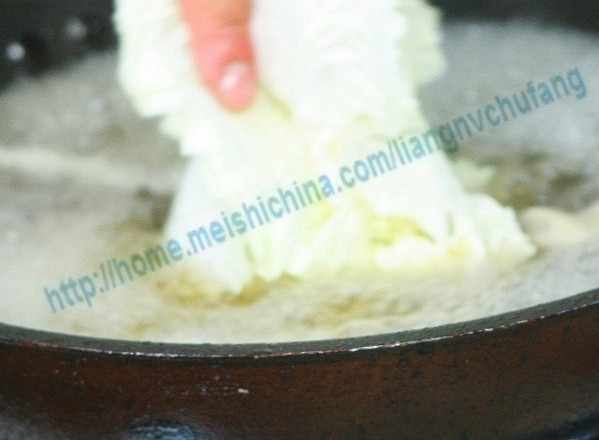
Add Chinese cabbage or baby bok choy to the broth (break the Chinese cabbage with your hands after washing it to quickly release the sweetness of the Chinese cabbage heart).
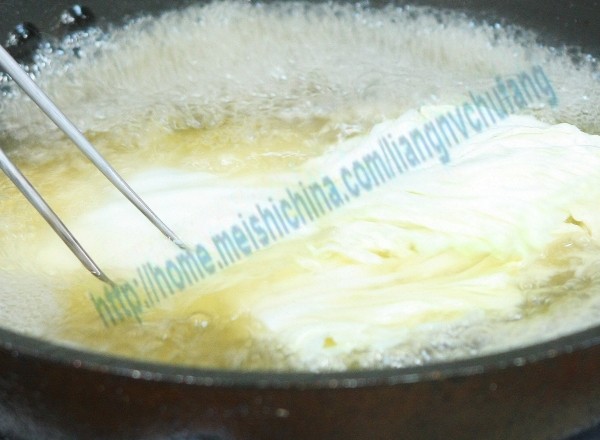
Simmer over low heat until the Chinese cabbage is completely soft and tender, and the sweetness is released, then remove the Chinese cabbage. Only the clear and sweet taste of the Chinese cabbage heart is taken, and the sweetness and nutrition of the Chinese cabbage heart are also released in the soup at this time.

At this time, the soup has concentrated all the essence and deliciousness of kelp, chicken thighs, and Chinese cabbage heart. Bring it to a boil over low heat.
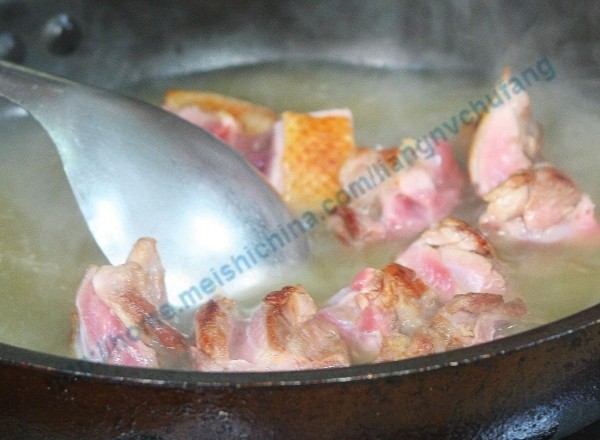
Put the chicken thigh pieces into the soup, and only use low heat to cook.

Take another dry pan, put in the nori sheets, and bake them over low heat until crispy (if you have a Japanese barbecue net, use it to barbecue the nori sheets, which will be evenly crispy). Bake the Japanese hard mochi until soft, then wrap it in the baked nori and put it in a bowl.

Pour in the yam puree.

Add the red and white carrot puree.

Take out the chicken thigh pieces from the soup and put them in a bowl (some of the chicken meat only needs to be cooked until just cooked, and this part of the chicken meat is eaten for its tender meat. Leave some in the soup to continue cooking. This part is to let the chicken flavor completely release in the soup).
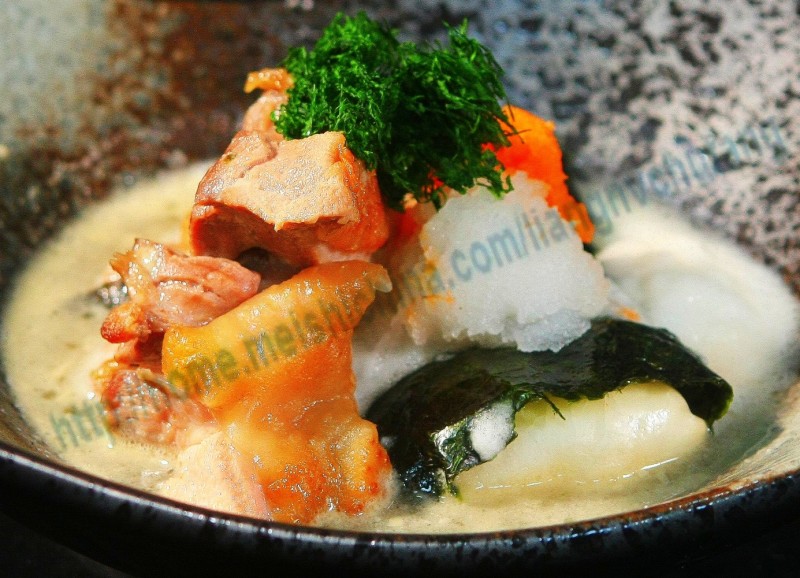
Pour the cooked soup into the bowl and it’s done. (The soup only needs to be cooked over low heat for 30 minutes.)



Leave a Reply